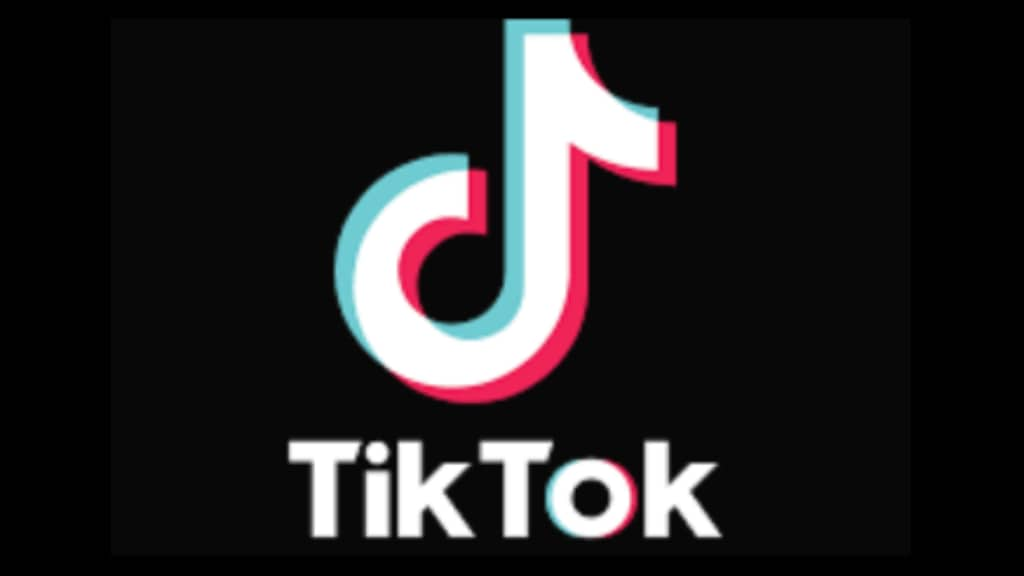The U.S. Supreme Court is set to hear arguments on 10 January over a controversial law that could force TikTok to sever ties with its Chinese parent company, ByteDance, or face a ban in the United States. The outcome of this case, which pits national security concerns against First Amendment rights, could profoundly impact the platform’s 170 million US users, particularly creators and small businesses who rely on it for income and exposure.
At the core of the legal battle is whether the ban violates the First Amendment. TikTok and its creator allies argue it does, while the U.S. government insists the platform poses a national security threat that justifies the measure. If the government prevails, TikTok has said it will shut down its U.S. operations by 19 January, leaving creators scrambling to pivot their careers. The stakes have never been higher, as the Supreme Court will serve as the final arbiter in a years-long battle that dates back to former President Donald Trump’s attempts to ban the app during his first term.
Despite Trump’s recent comments suggesting he now favors TikTok staying operational, the ban’s immediacy looms large. Creators like Gillian Johnson, a 22-year-old filmmaker, say the possibility of losing the platform is “hard to accept.” Johnson, who uses her TikTok earnings to fund filmmaking equipment, says many creators are already grappling with how to adapt to life without the app. “I know creators who are thinking about quitting altogether,” she said, noting the deep uncertainty surrounding the platform’s future.
Some creators, however, remain cautiously optimistic. Nicla Bartoli, vice president of sales at The Influencer Marketing Factory, said many creators she’s worked with aren’t panicking. “Because this issue has come up repeatedly over the years, many believe it won’t actually happen,” Bartoli explained.
TikTok ban could disrupt livelihoods and communities
The potential ban could have far-reaching consequences for the creator economy, which has been fueled in part by TikTok and is projected to be worth $480 billion by 2027, according to Goldman Sachs. For creators who depend on the platform for their livelihoods, the fallout could be devastating.
Brandon Hurst, a 30-year-old entrepreneur who sells plants, credits TikTok with rescuing his struggling business and helping him double his sales within a year of joining. TikTok’s live feature allowed him to connect with customers, enabling him to sell over 77,000 plants and employ five people. “For me, this has been my sole way of doing business,” Hurst said. Creators have started exploring alternatives to TikTok in case the ban goes through. Many are urging followers to connect with them on Instagram, YouTube, or other platforms, while some agencies, like Billion Dollar Boy, are advising creators to download their TikTok content to build portfolios for use on other platforms.
“Creators need to treat their content as a resume for future brand partnerships,” said Edward East, CEO of Billion Dollar Boy.
Next steps for TikTok
If the Supreme Court does not intervene, TikTok could be removed from app stores by January 19. While existing users would retain access, updates would cease, eventually making the app “unworkable,” according to the Justice Department.
TikTok argues that even a temporary shutdown would cause irreparable harm, estimating that the platform could lose a third of its daily U.S. users within a month. Meanwhile, Trump has asked the court to delay any decision on the ban until after he takes office, suggesting he might seek a “negotiated resolution” to the issue. This approach mirrors efforts by the Biden administration, which previously attempted to broker a deal allowing TikTok to continue operating under stricter safeguards. For now, creators are in limbo, anxiously awaiting the Supreme Court’s decision. Some, like Johnson, are trying to stay hopeful. “I’m anxious but also trying to be hopeful in a weird way,” she said.
The Supreme Court’s ruling could come swiftly after the January 10 hearing. Until then, TikTok remains a vital platform for millions of users and businesses—though its future hangs in the balance.
